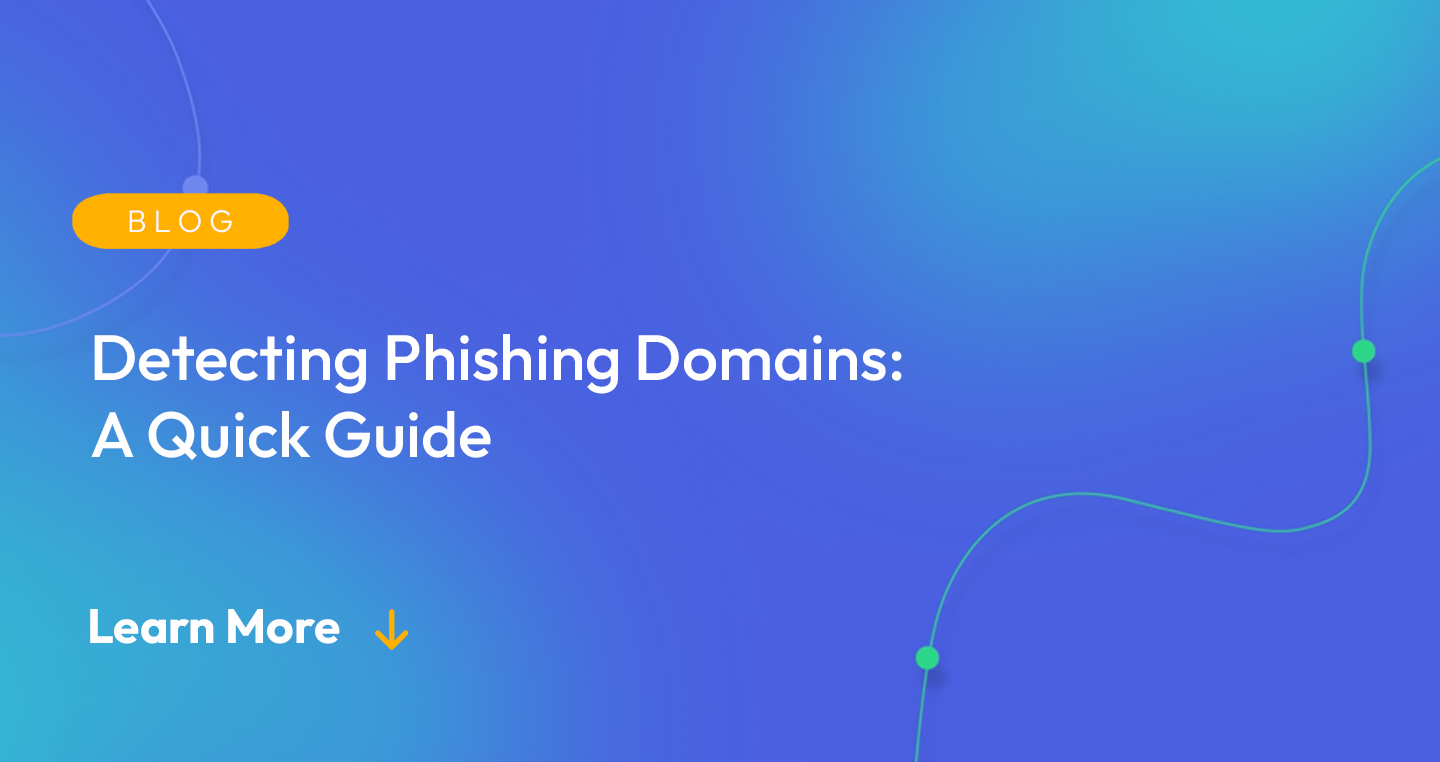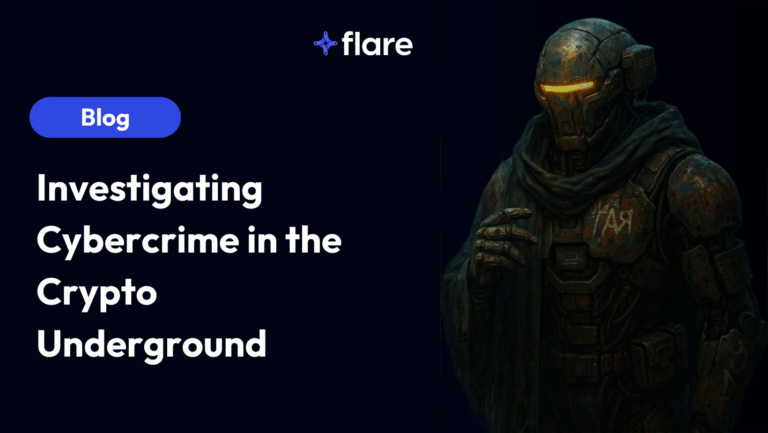
(Spear) phishing is one of the most prevalent forms of cybercrime, causing immense harm to businesses and individuals alike.
The severity of the phishing threat cannot be understated. According to a report by Cybersecurity Ventures, it’s predicted that cybercrime, including phishing, will cost the world $6 trillion annually by 2021. With such high stakes, understanding and detecting phishing domains have become a critical component of any robust cybersecurity strategy.
At the heart of these malicious activities are what we refer to as “phishing domains.” But what exactly are they?
Understanding the Threat: Phishing Domain
What is a Phishing Domain?
A phishing domain, in essence, is a counterfeit website or portal designed by cybercriminals to trick users into believing that they are interacting with a legitimate site.
The goal? To deceitfully acquire sensitive information such as login credentials, credit card details, or other personal data that can be exploited for fraudulent purposes.
Phishing Domain Example
One common example of a phishing domain might resemble your bank’s login page. It looks nearly identical to the original, from the logo to the form fields requesting your username and password.
However, once you enter your information, it doesn’t go to your bank. Instead, it lands in the hands of a malicious actor who now has access to your financial account.
To efficiently identify and neutralize these threats, it’s vital to recognize the signs of a phishing domain and use advanced tools like cyber threat intelligence platforms.
Phishing Domain: Tell-Tale Signs
Phishing domains are cunningly designed to mimic authentic websites, but with a keen eye and some essential knowledge, you can spot them. Here are some tell-tale signs of a phishing domain that should immediately raise your cybersecurity alarm bells:
Suspicious URLs
Phishing domains often utilize URLs that closely resemble the authentic site, but upon closer examination, you’ll find slight misspellings or additional characters. For instance, ‘www.bankofarnerica.com’ instead of ‘www.bankofamerica.com’.
Insecure HTTP Protocols
Legitimate websites usually use the secure ‘https://’ protocol. If a site uses ‘http://’ without the ‘s’ (which stands for ‘secure’), it might be a phishing domain. However, don’t rely solely on this, as some phishing domains might use ‘https://’ to appear authentic.
Poor Grammar and Spelling
Reputable organizations take great pains to ensure that their online communications are error-free. Phishing domains often include many:
- Typos
- Grammatical mistakes
- Awkward phrasing
Unsolicited Requests for Personal Information
A phishing domain often prompts users to enter sensitive information, even when it’s not necessary. Be wary of any site that immediately asks for:
- Login credentials
- Credit card details
- Other private data
Mismatched URLs
Hovering your mouse over a link will display the destination URL. If the text of the link and the displayed URL don’t match, or if the URL seems suspiciously long and complex, it’s a potential phishing attempt.
Absence of an SSL Certificate
Legitimate websites typically have an SSL (Secure Socket Layer) certificate, visible as a padlock symbol in the browser address bar. An unlocked padlock or a warning that the site is not secure is a red flag.
While these signs can help you identify potential phishing domains, cybercriminals are continuously innovating, finding new ways to appear more credible. Therefore, it’s crucial to stay informed about the latest phishing techniques and utilize advanced cyber threat intelligence tools for detection.
Leveraging Cyber Threat Intelligence for Phishing Detection
While understanding the signs of a phishing domain is crucial, cyber threats are evolving at such a rapid pace that manually identifying them isn’t always effective. This is where the power of cyber threat intelligence comes into play.
How Can Cyber Threat Intelligence Detect Phishing?
Cyber threat intelligence is the collection and analysis of information about potential threats and their sources. It uses advanced technologies and methodologies to help organizations understand the risks of the most serious and likely cyber threats they’re facing, such as phishing domains.
Here’s how SaaS cyber threat intelligence tools can enhance your detection capabilities:
Machine Learning and AI
AI and machine learning algorithms to analyze vast amounts of data across the web that is (nearly) impossible to do manually. It can identify patterns and anomalies that might indicate a phishing domain, even if the domain is new or has been slightly modified from previous versions.
Threat Database
With a continually updated database of known threats, including phishing domains, the platform can include incoming data to this database, and quickly spot potential threats.
Real-Time Alerts
The moment a potential threat is identified, the system can send real-time alerts. This quick response time is essential in mitigating the potential damage caused by phishing domains.
Contextual Analysis
The platform provides context in addition to identifying threats. It can offer insights into the intent and capabilities of the threat actors, helping you to better understand and address the threat.
Leveraging a cyber threat intelligence platform is a proactive approach to your cybersecurity strategy. It goes beyond merely reacting to threats as they occur and instead focuses on preventing them from affecting your network in the first place.
Best Practices for Preventing Phishing Attacks
Protection against phishing domains doesn’t end with detection. In fact, a proactive and multi-faceted prevention strategy can often be the most effective line of defense. Here are some best practices to bolster your resilience against phishing attacks:
Cybersecurity Education
Start by fostering a culture of cybersecurity awareness within your organization. Regular training sessions can help employees recognize phishing attempts and understand the steps to take if they encounter a suspicious domain.
Regular Software Updates
Cybercriminals often exploit vulnerabilities in outdated software. Ensure prompt updates for the following to benefit from the latest security patches:
- Systems
- Applications
- Plugins
Implement Multi-Factor Authentication (MFA)
MFA adds an additional layer of protection by requiring users to provide two or more verification methods. Even if a phishing domain captures one set of credentials, MFA can help keep your accounts secure.
Secure Email Gateways
Utilize secure email gateways that can filter out malicious emails, which often contain links to phishing domains, before they reach the users’ inboxes.
Firewalls and Antivirus Software
Use strong firewalls for your network and PCs as the first line of defense. Antivirus software can also provide real-time protection and regularly scan your system for existing threats.
Regular Backups
Regularly backup important data. In the event of a breach, you’ll be able to restore your system to its previous state without significant data loss.
Use a Cyber Threat Intelligence Platform
A sophisticated cyber threat intelligence platform can offer vital capabilities for detecting and preventing phishing threats. It continuously monitors for suspicious activity, offers real-time alerts, and provides the intelligence you need to take quick action.
In the ever-evolving landscape of cyber threats, complacency can be costly. Stay vigilant, keep your cybersecurity knowledge updated, and rely on cutting-edge tools like our cyber threat intelligence platform to fortify your defenses.
In a world where cyber threats are a matter of ‘when,’ not ‘if,’ adopting these best practices can make the difference between staying safe or falling prey to a crippling cyber attack.
Flare Monitoring Phishing Domains
Phishing domains are a critical threat in the cyber landscape. A multi-layered defense strategy protects your organization from phishing attacks.
Flare is an automated illicit sources monitoring solution that proactively searches and identifies any potential threats to your organization. Our AI Powered Assistant boosts your security operations to prioritize the most pressing risks and eliminate noise.
Get started in fifteen minutes with our free trial.





